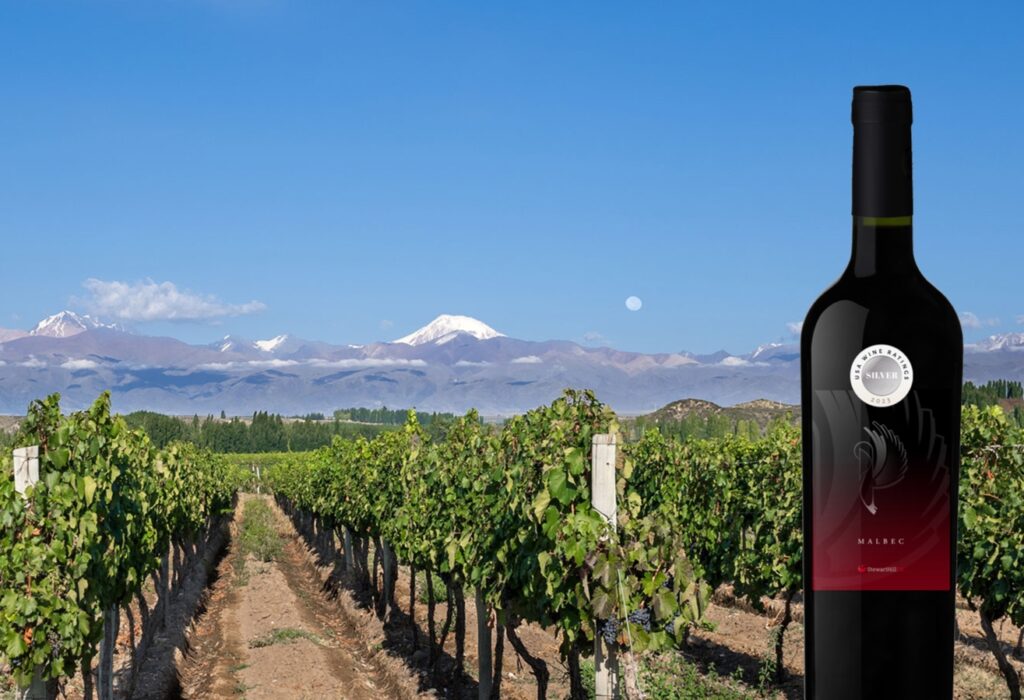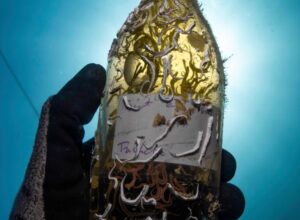
Malbec: Origins of a Grape with European Roots
Malbec, a bold and velvety red wine, has a fascinating history across two continents. From its early roots in France to its rise as Argentina’s main grape harvest, Malbec attracts wine enthusiasts worldwide. The journey of Malbec’s success is a story of resilience and transformation. It acknowledges the women who played a crucial role in shaping its legacy.
Malbec is a grape from France, in the Cahors region, where it was known as “Côt” or “Auxerrois.” It was widely grown in Bordeaux and blended with other varietals to add structure and deep colour. This was a challenge as Malbec struggled with disease and weather fluctuations, making cultivation difficult.
The Roman Empire
The wine of Cahors was appreciated by the elite of the Roman World. The works of classical authors, especially Horace and Virgil extolled its virtues. After the fall of the Roman Empire, the wine of Cahors maintained its prestige and during the High Middle Ages, was recognised by the Bishop of Verdun. Following this a prominent woman from the region assisted in the expansion of the wines of Cahors, especially in the UK market.
Eleanor of Aquitaine
1122-1204 One of the most prominent European women in the High Middle Ages.
Eleanor’s life intersects with the history of Malbec at a key point. Her marriage to Henry Plantagenet (1152) established a close link between the duchy and the British Isles. This was a dynastic and political agreement and generated to establish economic and trade connections.
This oiled the mechanisms of exchange of goods and services between the two countries, then regions, and within this context came the arrival of the wine from Cahors to the English markets.
Wine on the move
In the second half of the seventeenth and eighteenth century the march of Cahors wine resumed force, driven by the prosperity of France, which was at the height of its power. The reigns of Louis XIV and Louis XV marked the culmination of France as a first world power. Infrastructure for production and marketing of this red wine was introduced; locks, canals, roads and port improvements helped to ease the task of winemakers, especially to market their wines.
The wine of Cahors arrived with ease to the markets of northern Europe (England, Germany, Netherlands), as well as conquering the West (USA) and the East (Russia) finally with Catherine The Great, who encouraged the expansion of the Malbec grape from France. (1729-1796)
The Phylloxera Plague
The plague was the turning point for France, attacking the vineyards of Cahors from 1877 and wreaking havoc. The 40,000 hectares that had been cultivated disappeared almost entirely within a few years. From this devastating experience, the Gaul growers lost their last ties with Malbec. This could not be reversed until the second half of the twentieth century.
Beyond Gaul
The expansion of Malbec, outside of France, started in the eighteenth century. Initially toward the East. In the following century it would be westward to reach the Southern Cone of America: In the 1840s and 1850s, Malbec strains began to grow in the Quintas Normales de Santiago de Chile and Mendoza.
In the 19th century, a turning point came when French agronomist Michel Aimé Pouget introduced the Malbec grape to Argentina. Mendoza, proved perfect with a high-altitude climate and Malbec flourished in ways it never had in France. This marked the beginning of a new era for the varietal, transforming it to the wine it is today.
Behind this great grape: Great women
While the credit for Malbec’s international recognition often goes to winemakers and agronomists, several pioneering women played key roles in establishing Malbec as a world-class wine.
Susana Balbo – Argentina’s First Female Winemaker
Malbec’s rise is not complete without mention of Susana Balbo, Argentina’s first respected female winemaker.
1981: Earning her enology degree in 1981, she proved her expertise by refining Malbec into an elegant, structured wine. Her work profiled Malbec as a wine of sophistication.
1999: she founded Susana Balbo Wines, further showcasing the potential of Malbec on the global stage.
Laura Catena – The Doctor turned Winemaker
Another instrumental figure in Malbec’s success is Laura Catena. As the managing director of Catena Zapata, a winery founded by her family, promoting high-altitude Malbec. She spearheaded research on how terroir influences the grape’s flavor, proving that Malbec from different elevations can yield complex and age-worthy wines. Her efforts positioned Argentine Malbec alongside the world’s finest wines, and encouraged the development of terroir.

Andrea Marchiori – A Visionary
As a co-founder of Achaval-Ferrer, Andrea Marchiori helped redefine Malbec’s identity. Her dedication was to terroir-driven wines and Old-vine Malbec. By preservation of century-old vineyards and emphasizing minimal intervention winemaking. This created a new level of reputation increasing Argentina’s credibility in the global wine industry.

World Malbec Day, April 17th
Malbec is synonymous with Argentine wine and its popularity continues to grow worldwide. Every year, April 17th is celebrated as World Malbec Day. Women continue to shape the future of Malbec, from vineyard management to winemaking and marketing. Their contributions have ensured that Malbec remains not just a trend but a respected, enduring wine.
Expertise, Passion and Resilience
The story of Malbec is one of perseverance, adaptation, and innovation. The grape itself overcame geographical and climatic challenges. The women behind its success overcame barriers in the wine industry. They built a better future through expertise, passion, and resilience. Malbec has transformed into the globally celebrated wine it is today.
Andrea Marchiori’s focus on terroir-driven wines and preserving old vines brought international acclaim to Argentina’s wine industry.
“Wine is not just a drink; it’s a connection to the earth, to history, and to all the hands that have worked to make it possible.” (Andrea Marchiori)
As Malbec continues to evolve, it remains a powerful example of how history, culture, and gender diversity shape the world of wine. So, the next time you pour a glass of Malbec, raise it to the women who helped craft its legacy.
Bibliography:






